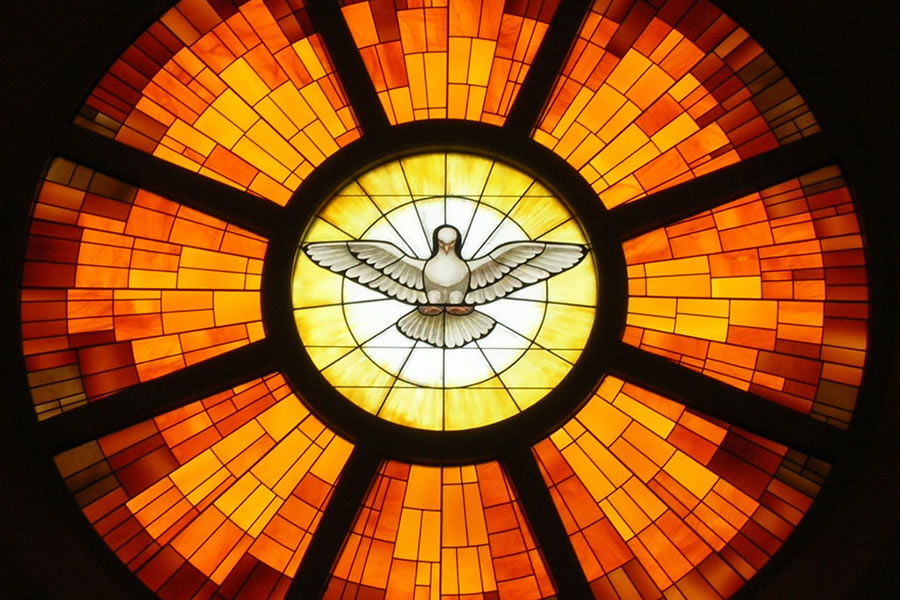
Changes in Understanding Confirmation
01-30-2022Weekly ReflectionBrian Guillot, Director of Faith FormationOf the Church’s three Sacraments of Initiation (Baptism, Confirmation, and Communion), Confirmation has undergone the most changes.
The Sacraments of Baptism and Eucharist existed in one form or another since the dawn of Christianity. Confirmation, however, has a more convoluted history. Originally, the Holy Spirit was conferred at Baptism with an anointing by the bishop following immersion. In the Eastern portion of Christianity, the post-baptismal rites were presided over by the priest who baptized; but, in the West, those rites were always reserved to the bishop.
This worked fine when the Christian community was small and the majority of baptisms were adults. However, as the Church grew and the practice of infant baptism became more common, it was more difficult for the bishop to be available for every Baptism. This led to a separation between the baptismal rites administered by the priest and the post-baptismal rites administered later by the bishop.
The separation of rites was considered less than ideal with adults still receiving the post-baptismal rites at the same time as the baptismal rites. By the ninth century, however, the churches in Rome had developed a more elaborate second anointing rite of Confirmation for infants. In the thirteenth century, the Council of Cologne officially postponed Confirmation until at least seven years of age. It was also at this time that the Church started to develop a separate theology of Confirmation. The idea emerged that Confirmation provides the “grace for strength,” the armor of the soldier for Christ, while Baptism provides “grace for forgiveness.” To be clear, this distinction has no basis in Scripture, the liturgy, or the early theologians.
Even though this theology of Confirmation developed in the Middle Ages, the practice of receiving the Sacrament before Communion continued until 1910. Pope Pius X, in 1910, decreed First Confession before First Eucharist with both being received at the age of reason (seven). Confirmation then became the sacrament of maturity, received at a later age, making the recipient a “soldier of Christ.” If you received the Sacrament before the late 1960s, then you were slapped by the bishop as part of the ritual. You chose a Confirmation name that could not be the same as your baptismal name. You also had to choose a different sponsor than one of your baptismal godparents. The separation into two Sacraments was complete.
The Second Vatican Council revised all of the Sacraments and re-instituted the RCIA. Confirmation becomes a confirming of one’s baptism - the rite includes renewing baptismal promises, encourages the same godparent as Baptism and one’s given name if a saint. The age and order of Confirmation is still a debatable point. Most dioceses still keep it after Communion in either middle school or high school. A few dioceses, including the Diocese of Phoenix, have re-ordered the Sacraments with Confirmation being received at a younger age and before the reception of First Eucharist.
BACK TO LIST